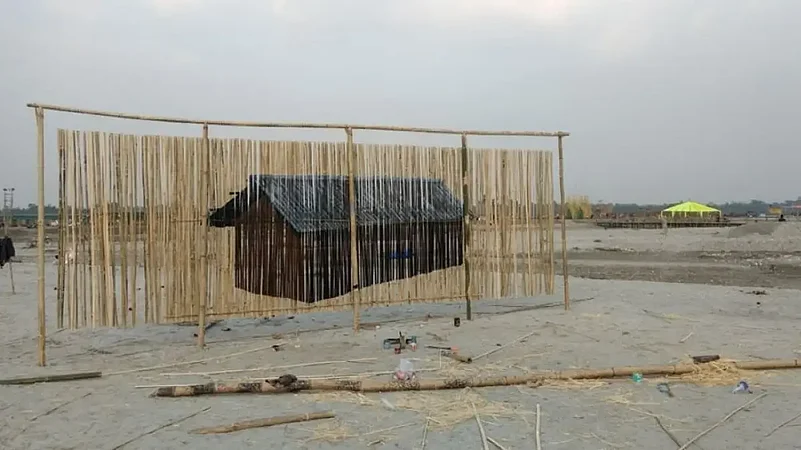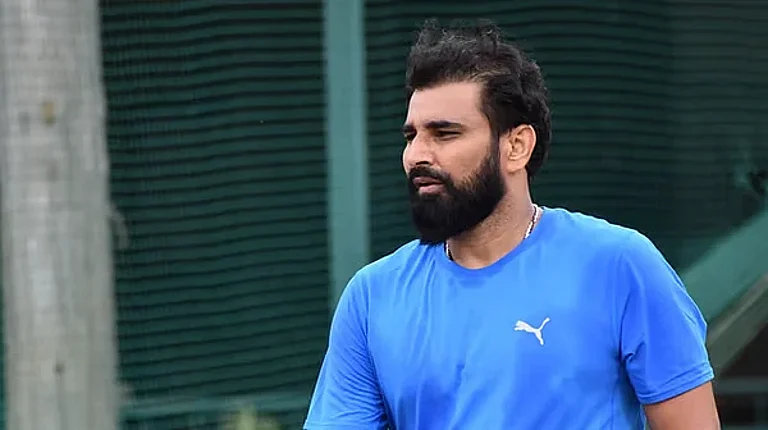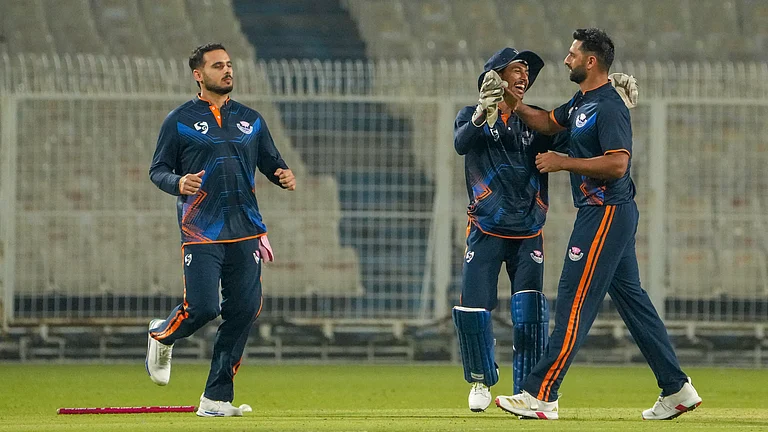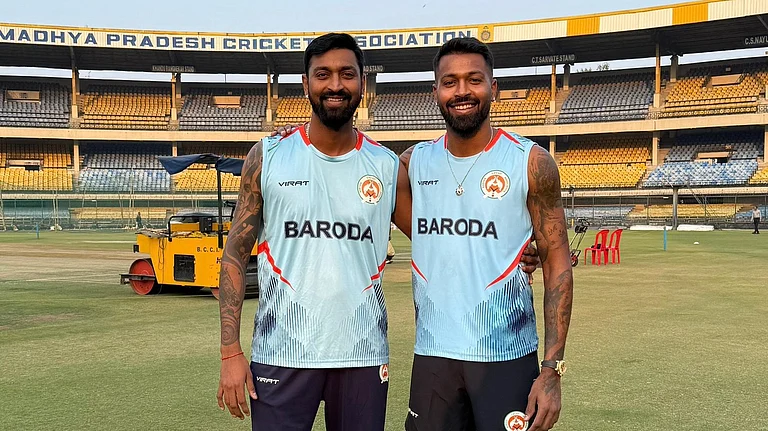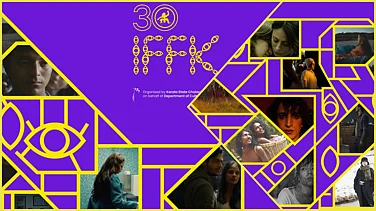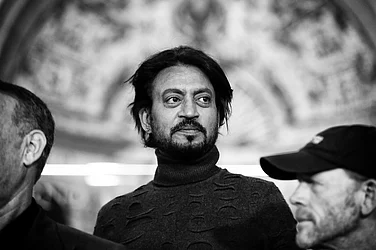“No man ever steps in the same river twice, for it's not the same river and he's not the same man”
Perhaps Heraclitus, the ancient Greek philosopher from the city of Ephesus was referring to the constant change in human lives and what better example can be there than a river that fluxes and flows like the River Brahmaputra.
Carrying sundry myths around it, known as Tsangpoo in China, Tamchok Khambab in Tibet, Dihang in Arunachal Pradesh, the Brahmaputra in Assam and Yamuna in Bangladesh, the transnational river flows through numerous communities before it merges with the Bay of Bengal. Along its 3,000 km course, the river touches upon numerous communities, and faiths, shaping stories of love, destruction and life. The symbiotic relationship that the river shares with the communities are yet one of the most ignored aspects of the Brahmaputra when it comes to talking about it more as a natural resource than as a part of nature.
When these days, talks of Brahmaputra rotate around its hydro potentials or the havoc that it creates during monsoon, art collectives in Assam are coming up with multi-disciplinary mediums. The objective is to express the river in the narratives of the people living close to it and those living far from it.
Docked in the river Brahmaputra in Guwahati, Periferry is such an art space created by Sonal Jain and Mriganka Madhukaillya, art practitioners and founders of Desire Machine Collective -- an art collective established in 2004. Set upon a redundant ferry lying on the bank of Brahmaputra in Guwahati, Periferry was created at a time when there was a need and absence of a space for dialogue.
“At a time when insurgency and counter-insurgency were at its fag end in the state, the idea of Peripherry was to connect with different flows of people’s thought and ideas”, said Sonal Jain.
Periferry serves as a platform for hybrid practices of cross-disciplinary artistic responses like film, art, and theatre performances from a perspective of a personal experience with the transient nature of the river. It is a space where not only researchers, and artists but communities close to the river like the fishermen, boatmen, and people manning the ferries also take part in artistic performances making it a lively community space.
Sonal Jain said, “The river is the core of Periferry and there are so many works that I have done on the Brahmaputra as the river is always a the core of my personal and work life. It being a transnational river and going through Tibet, India, Bangladesh, the transnational space that it creates is very interesting.”
Inner Lines, a project by Desire Machine Collective is a multimedia installation that has used moving images and sound work. It focuses on the river’s water issues by stressing the subject of trans-nationalism through the journey of the river, its breathtaking beauty, mountains around it and the people alongside. It touches upon questions on the capitalist narrative of development.
“The project Inner Lines looks in a poetic way at the entire Brahmaputra river basin and the idea that the government wants to make mega-dams upon it and its impact on the region.”
According to Jain, the narrative of development that capitalism defines for us and the development from the community perspective are very different.
“I like to question the notion of development. It’s a term which has shaped the consciousness of modern India. Somewhere it was coached by Jawaharlal Nehru when he said dams were temples of modern India. Development is only seen as something which is measurable. In such a space where is the space for human values? The communities living close to nature still hold those values”, she said.
As a counter-response to a colonial pedagogical syllabus that conventional art schools in Assam have been following, The Anga Art Collective was formed in 2010 by a group of art students. With the objectives to ‘begin the process of decolonization in thinking and making’, The collective has been working closely with the village, riverine, forest communities, folk artists, social scientists and activists through art, dialogues, exhibitions and pedagogical reach-out events.
Talking about one of its projects, “kNOw School’, community knowledge sharing movable space, Dhrubajit Sarma, one of the founders of Anga Art Collective said, “We have a river that flows constantly. It makes the community; land and culture go through constant changes. The notion of the syllabus in our education system is static. In kNOw School, we try to navigate different communities through different exercises according to the ecological and cultural character of the community, their knowledge system and their issues and concerns.”

A kNOw School is set up for four to five days in community spaces where through various art exercises, the traditional knowledge of the communities regarding the river, the landscape, their stories and their art is practised.
“This is a very nomadic kind of process and through that, we are trying to capture the fluidity of these communities, by revisiting and engaging with the community. It is a process of entering, engaging and learning,” said Dharmendra Prashad, a member of the collective.
In various exhibitions, the Anga Art Collective is trying to capture the lives of the communities living alongside the river.
‘The Weathering House’, an installation of the collective tries to show the concept of a house for communities living alongside the river.
“The concept of a house is not permanent for those whose houses get wiped away by the river every year. During a river festival, we did this site-specific collaborated installation very much connected to the river and the community. It was a house image drawn on hanging bamboo sticks like a wind chime. The idea came from the very ground where the local Bodo and the Bengal Muslim communities shared their experience of living in a zone amidst floods, erosion and ethnic violence. The very idea of house is not very permanent for them”.
Hidden Fortress, another site-specific project of Sanjib Kalita, a member of the collection depicts the role of the river Brahmaputra in shaping the identity of communities. The sand sculpture of Kalita depicts the plight of Bengal-origin Muslims in Assam, flood induced migration and their identity crisis. It also touches upon the conflict between the hills and the plains.

Established in 2019, Agora –The Space, is another art collective based in Guwahati. A lot of its work revolves around reimagining the river Brahmaputra- through dialogues and performance arts like theatre.
Radhika Goswami, Facilitator, of Agora, which translates into ‘Meeting Space’, says, “There are lots of issues that surround the river now. A closer look into it says that the environmental, political and social issues are interlinked. We live in a place which is defined by this river. It adjoins us as an identity. A lot of our work revolves around identity. We try to understand the river not only how it influences us but also how we influence the river. It has an entity on its own- it holds life, gives life and it can take away life.”
Agora has been hosting podcasts on “Living with River” which chronicles the history of the river, the myths and stories it carries along, the sacred beliefs and highlights the various issues the river the dealing with through conversations with researchers, and academics, artists, poets etc.
“The early seasons of this podcast we planted around July 2020 when Assam was experiencing yearly floods and because of the Covid-19 pandemic, we were all under strict lockdown. This feeling of helplessness was kind of hard to avoid and it did make us wonder what we could do in this kind of situation from our own spaces. We came up with this podcast in this process as a way of learning about the river.”
Through this endeavour, AGORA hopes to achieve a better vocabulary to talk about the river, the relationship that it shares with the people, communities and how they survive with each other giving and taking from one another, says its podcast ‘Living with the river’.
“A lot of our work is done through theatre- it’s a medium which helps you to put yourself in another person’s shoes. You are not just experiencing the issue as a third person but you are actually experiencing it full frontal. Empathy and communication are something we emphasise in our artistic expressions”.
At a time when in the name of development, there is a tendency of turning every natural component into a natural resource, conveniently ignoring the possible impact on communities living the closest to it, how strong are the artistic responses in terms of policymaking?
Radhika Goswami says, “We are quite fortunate to belong to a generation where we do believe in impacting policies through artistic expressions. And this has happened before as well. If you look at the efforts of Dr Bhupen Hazarika, Jayanta Hazarika, Dr Hiren Gohain or anybody be it an intellectual or an artist who has an interaction with the river Brahmaputra, there are lots of spaces where you will find the intersection between policy and artistic expressions.
For Sonal Jain of Desire Machine Collective, artistic expression of a concern can be related to Morphic Resonance, a concept by English author and researcher Rupert Sheldrake.
Morphic resonance is ‘the idea of mysterious telepathy-type interconnections between organisms and of collective memories within species"
“I have always worked between the categories of art and activism. I have closely worked with activists who have been anti-dam protesters among others. Inner Lines was all about connecting people who are actually working on the ground. Sheldrake’s idea was that the first time something was done, it might seem that you might not have an impact, but suppose you have done it well and no one else is doing it, that itself creates a Morphic Resonance in the environment. This has an impact on a subtle level and in a more direct way, you are connecting with people you are connecting the people to the work of activists through your work, there are a lot of shared images that get created and that has a lot of value," she said.






